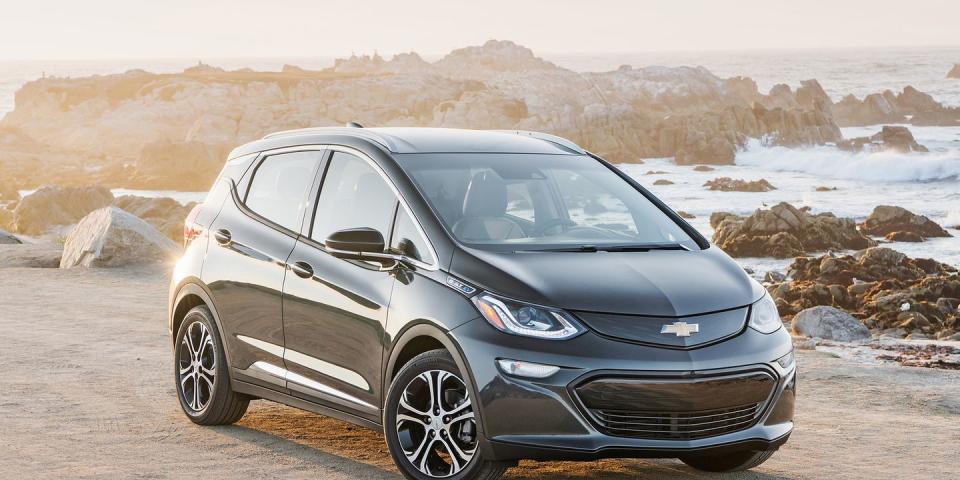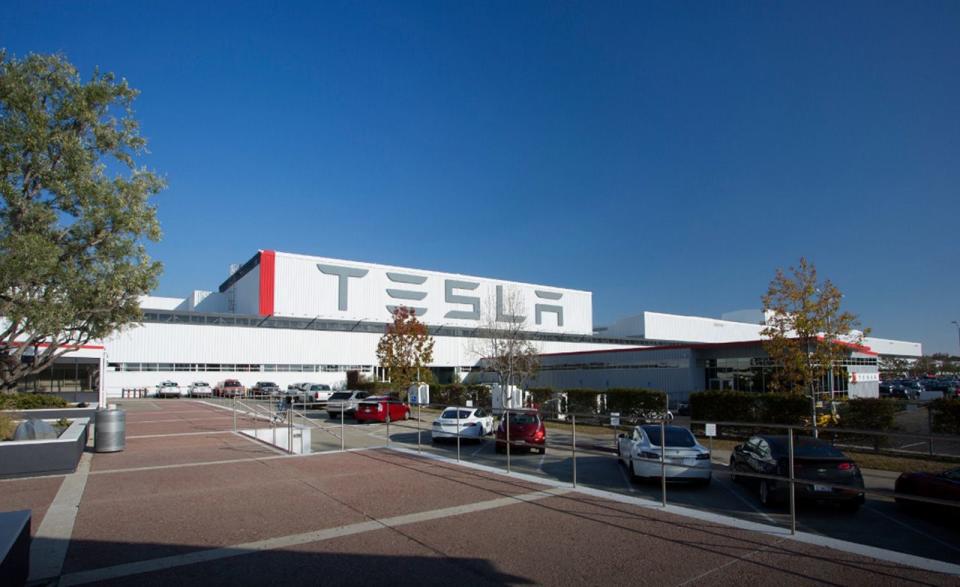EVs Are Only as Clean as the Electric Grid

While a healthy debate persists over the manufacturing and raw-materials input required by electric vehicles-especially regarding their batteries and motor magnets-an important green claim about EVs is becoming almost irrefutable in America. By driving one instead of a gasoline model, you’re reducing your personal contribution to greenhouse-gas emissions.
That’s been validated more soundly by a newly updated analysis released by the Union of Concerned Scientists (UCS)-championed again this week to coincide with congressional testimony regarding federal Clean Car standards. It concludes that in 99 percent of the country, emissions from plugging in an electric vehicle would be lower than those produced by a 50-mpg gasoline vehicle. Based on where electric vehicles are most purchased-weighted by sales of EV models and the sales location-EVs are currently achieving a U.S. average that’s equivalent to 80 mpg.

Auto-company executives are slated to meet with the president on May 11 to discuss several proposed solutions for revamping standards-one of which reportedly includes a freeze at 2021 levels. Leading up to this, both General Motors and Ford have spoken out in favor of continuing to raise federal fuel-economy requirements from 2022 to 2025-an idea that was lobbied against by industry groups to which they belong. The two biggest domestic automakers said they are in favor, instead, of “one national standard” that continues to rise. That’s preferable, they said, to today’s situation, in which they need to address separate federal standards administered by the EPA and NHTSA, as well as the California zero-emission-vehicle (ZEV) mandate, which essentially requires that they sell electric vehicles in several states.
Whatever future regulators and automakers foresee, they have to address one reality: Electric vehicles make a greater difference for the environment if they play in Pasadena rather than in Peoria. The location is important because electric power-generation sources still vary widely on a regional and local basis. It depends on whether the local utility generates power using an older coal-fired plant, a more modern one, natural gas, nuclear, hydroelectric, solar, wind, or other option. Contrary to what some ads or marketing campaigns suggest, electric vehicles generally aren’t zero-emission vehicles; instead of coming from the tailpipe, their emissions are just relocated “upstream” to the smokestack of a power plant, which might be hundreds of miles away.
Cleaner Every Year
Simultaneously, there’s another major argument for those concerned about air pollution when going electric: Emissions from a new electric vehicle are likely to decline as the years and miles pass.
Credit the rapid pace of improvement of utilities in greening their power-generation mix; as they become cleaner, so, by extension, does every EV. And it’s happening quickly as utilities are switching away from coal and toward more renewables. In 10 years, the proportion of power generated from coal in America has fallen from almost half to around 30 percent, while solar and wind together now generate one-tenth of the nation’s electricity.

The Union of Concerned Scientists updated its map of the emissions impact of EVs to represent this rapid improvement and calculated, by region, the fuel efficiency that a gasoline vehicle would need to have to be cleaner than a fully electric one. From 2009 to 2016 (when the UCS had the last complete data set), most regions made significant gains; in California, for instance, where so many EVs are driven, the gasoline-mpg equivalent for EVs rose from 78 mpg to 109 mpg.
In these calculations, the environmental group looked at tailpipe emissions for gasoline vehicles, including the impact of emissions from getting oil out of the ground, refining it, making gasoline, and transporting gasoline to filling stations. On the electric vehicle side, they included emissions from the production of fuels, plus power plant emissions data from the EPA.
Nationally, weighted by where people have already purchased electric vehicles, UCS says that EVs already beat any gasoline-only vehicle, with an 80-mpg equivalent. It has an EV emissions tool to help estimate a particular fully electric model’s emissions specific to your area.
A Little Hazier on Smog-For Now
All of these results discussed up until now are valid for greenhouse-gas emissions. The situation will be slightly different for smog-forming emissions, including nitrogen oxide, carbon monoxide, and particulate matter.
As the U.S. Energy Information Administration (EIA) points out, sulfur dioxide (SO2) emissions from coal-powered power plants have been falling for the past decade relative to the power they generate. But a map of SO2 emissions per megawatt-hour puts Indiana, Kentucky, Michigan, Missouri, Nebraska, North Dakota, Ohio, and Tennessee in the highest-emitting group. So, at present, in these states, going electric may not be doing much to clean up local air quality.
As a working paper (non-peer-reviewed) from the National Bureau of Economic Research concludes: “On average, electric vehicles tend to reduce CO2 emissions but increase local pollution such as SO2 and PM2.5 [fine particles]. However, there is considerable variation around these averages, such that in some places electric vehicles have significant positive effects and in other places significant negative effects.”

Manufacturing impact is one other common concern about EVs. In terms of the manufacturing process itself, according to UCS, a long-range, 265-mile electric vehicle (think Tesla Model S) increases manufacturing emissions by 68 percent over a comparable gasoline model. But-and this is a big but-the energy put into manufacturing an electric vehicle is small compared to the energy it saves over its lifetime, claims the UCS, and the excess emissions from manufacturing is offset in six to 16 months of operation. Most of the excess manufacturing footprint versus gasoline vehicles comes from the battery pack, so, as a general rule of thumb, the bigger the battery, the larger its environmental impact. That’s one solid argument for shorter-range EVs, such as the 2018 Honda Clarity Electric, with its small 25.5-kWh battery pack and bargain $199-per-month lease price in California and Oregon. That is, if its meager 89-mile driving range can support your commute.
For EV Development, Automakers Haven’t Yet Agreed on the Basics
Proposed Regulatory Changes Mean Electric Cars Could Face a Dirtier Future
Automakers Oppose EV Mandate While Helping CARB States Meet It
Buying an electric vehicle is essentially investing in a cleaner future and keeping that investment local. By plugging their cars into the grid routinely, owners create a predictable daily demand that public utilities will use in determining their future (cleaner) investments and will further strengthen the green argument in favor of EVs.
You Might Also Like

 Yahoo Autos
Yahoo Autos 